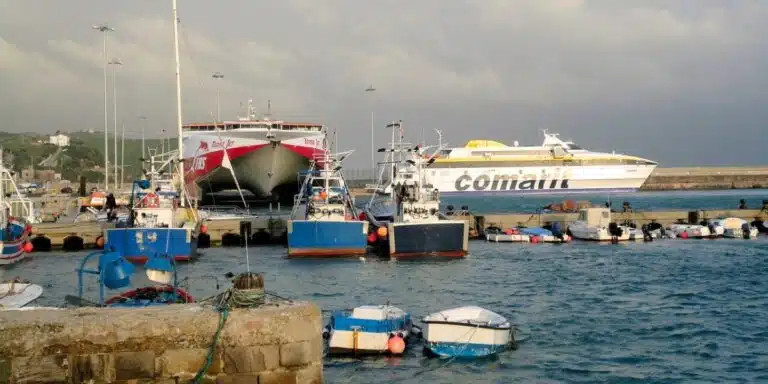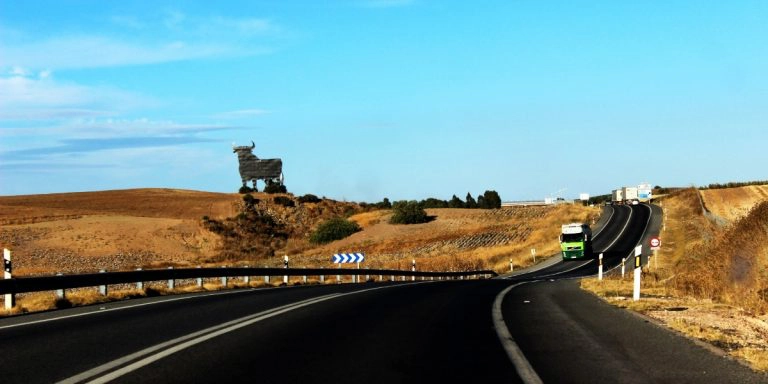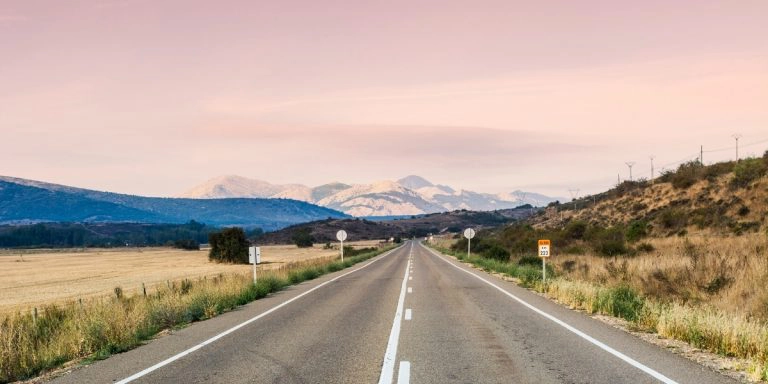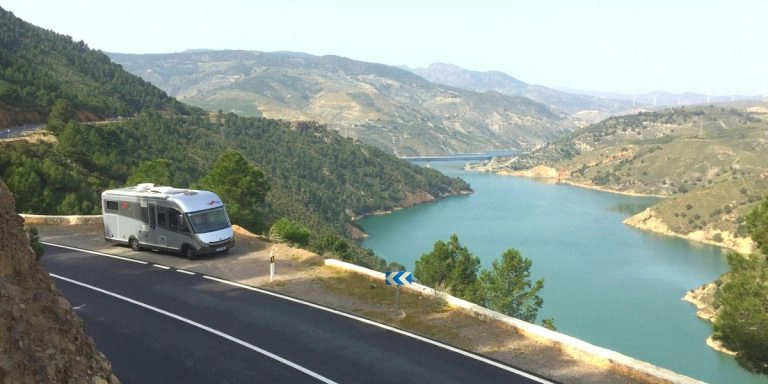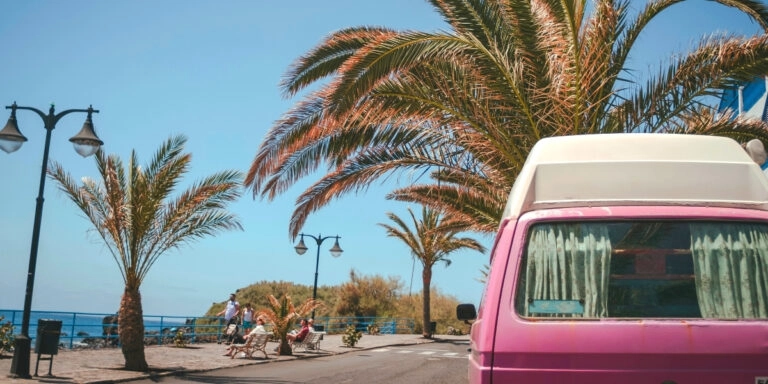This post may contain affiliate links, from which we earn an income. Click here to read our affiliate policy.
The Directorate General of Traffic (DGT) is rolling out major updates to the General Traffic Regulations in Spain for 2025. These new rules are designed to enhance road safety, improve traffic flow, and promote environmental sustainability.
Whether you’re a local driver or planning a road trip through Spain, here’s everything you need to know about these significant changes.

1. Overtaking Ban in Bad Weather
One of the most impactful updates is the new restriction on overtaking during adverse weather conditions. Starting in 2025, overtaking will be prohibited on roads covered with ice or snow, especially on multi-lane highways outside built-up areas. In such conditions, vehicles must remain in the right lane, allowing road maintenance and emergency services to operate without obstruction.
This rule is particularly relevant in regions where winter weather can be surprisingly severe. Although snow is rare along the Costa del Sol, it frequently occurs at higher altitudes. In Malaga province, mountain ranges like the Sierra Tejeda (with peaks over 2,000 meters) and the Sierra de las Nieves (aptly named the ‘Snowy Mountain Range’ and designated as a National Park) often experience snow during winter.
By keeping vehicles in the right lane during icy conditions, the new rule aims to reduce accidents and enhance safety, ensuring emergency services can reach incident sites quickly and safely.
2. Creating Lifesaving Paths
Spain is aligning its traffic laws with other European countries, such as Germany and Austria, by introducing the emergency lane rule. This regulation mandates drivers to create an emergency corridor during traffic jams on multi-lane roads, including motorways and dual carriageways.
On two-lane roads moving in the same direction, vehicles in the right lane should shift as far to the right as possible.
Vehicles in the left lane should move to the left, creating a clear path in the middle for emergency vehicles.
This rule ensures that ambulances, fire engines, and police vehicles can navigate through traffic jams quickly and efficiently. In countries where this rule is already in place, it has proven to save lives by reducing emergency response times.
3. Motorbikes Allowed on the Hard Shoulder
Motorbike riders are set to benefit from a new rule that allows them to use the right-hand verge or hard shoulder during traffic jams. However, there are two strict conditions:
Speed Limit: Motorbikes must not exceed 30 km/h while riding on the hard shoulder.
Priority Rules: Motorcyclists must always give way to vehicles that are legally required to use the hard shoulder, such as bicycles or maintenance vehicles.
This change is aimed at easing congestion and improving traffic flow while maintaining safety. By allowing motorbikes to move past stationary traffic, it helps reduce the risk of accidents and minimizes issues caused by prolonged idling.
4. Tow Trucks & Emergency Vehicles on the Hard Shoulder
To enhance emergency response times, the new regulations also allow priority and emergency vehicles, including tow trucks and ambulances, to use the hard shoulder on public roads. This is permitted under two conditions:
Warning Signals: Vehicles must use illuminated signals to alert other drivers.
Speed Restriction: They must not exceed 30 km/h, except for priority vehicles (e.g., ambulances), which can drive faster when responding to emergencies.
This update ensures that emergency services can reach accident sites more efficiently, minimizing traffic disruption and potentially saving lives.
5. Low Emission Zones Launching January 2025
In line with Spain’s commitment to environmental sustainability, new Low Emission Zones (LEZs) will be implemented starting January 1, 2025, in cities with more than 50,000 inhabitants. These zones are designed to reduce air pollution by restricting access to older, high-emission vehicles. Find out more here.
Key details include:
Foreign vehicles are not required to buy or display a sticker, although they do have to meet the required standards.
If you are stopped, you may be able to do this with your V5C, Certificate of Conformity or LEZ sticker from another country. The only exception is in Barcelona, where you will need to register your vehicle in order to drive within the LEZ here.
This move is part of a broader initiative to improve air quality in urban areas, promoting the use of cleaner, more eco-friendly vehicles.
What This Means for Drivers
These new traffic regulations are not just about rules—they’re about safety, efficiency, and sustainability. Whether you’re a local commuter, a motorcyclist, or a tourist exploring Spain by car, it’s crucial to understand and follow these changes to avoid fines and ensure a safe journey.
For more detailed information on the new traffic rules and Low Emission Zones, visit the official DGT website or consult local traffic guidelines.
Ready for the Road Ahead?
Spain’s new traffic rules for 2025 are designed to create safer roads and cleaner cities. As these changes take effect, make sure you’re prepared to drive responsibly and sustainably. Whether you’re navigating snowy mountain roads, creating emergency lanes in traffic, or planning a city trip through Low Emission Zones, staying informed will keep you safe and compliant.

